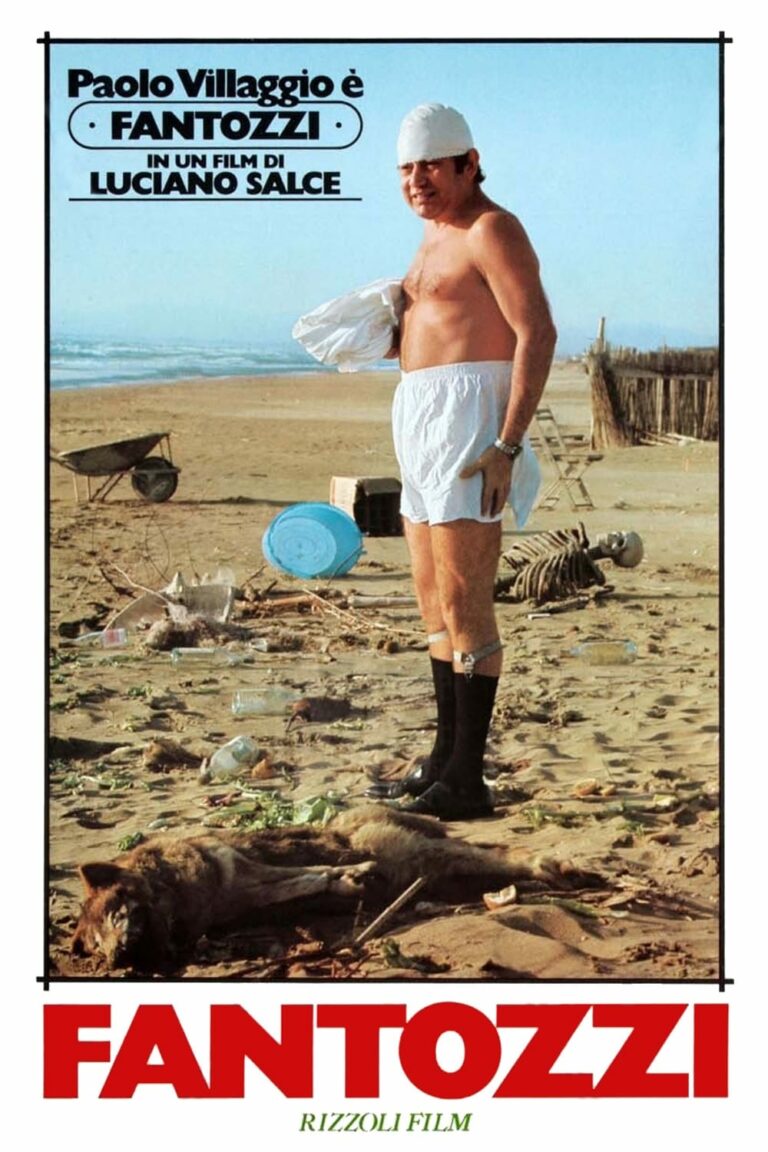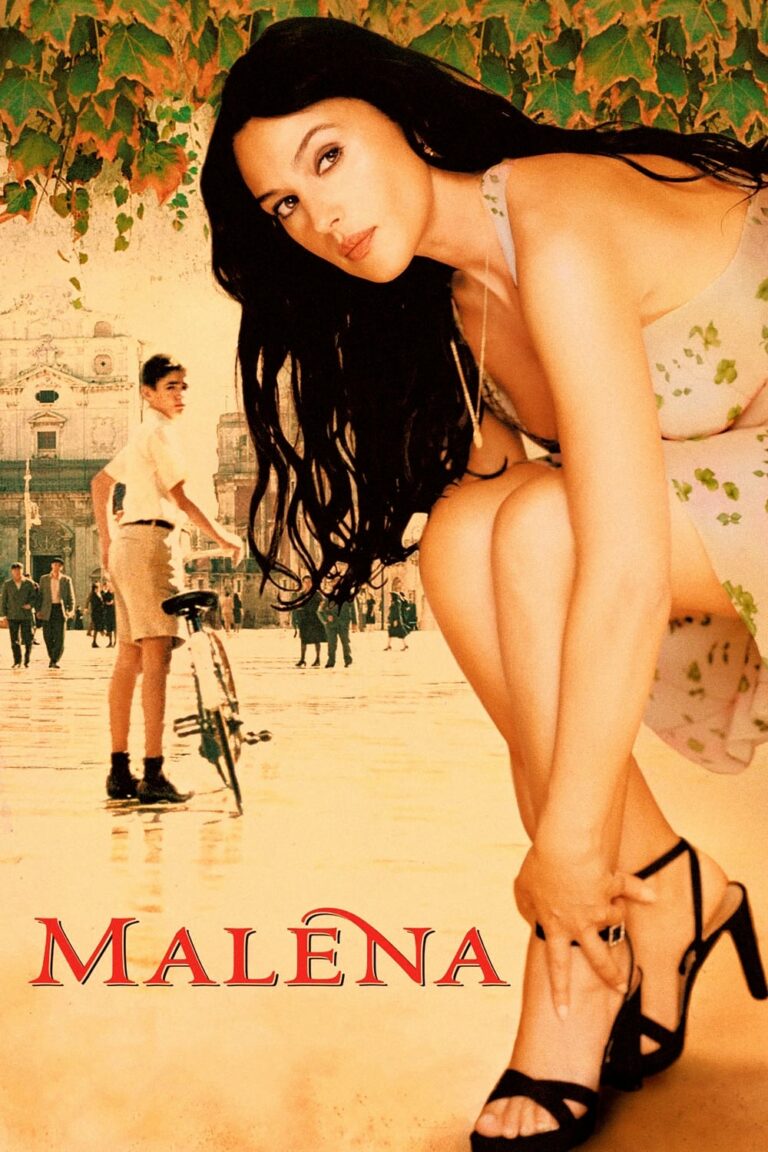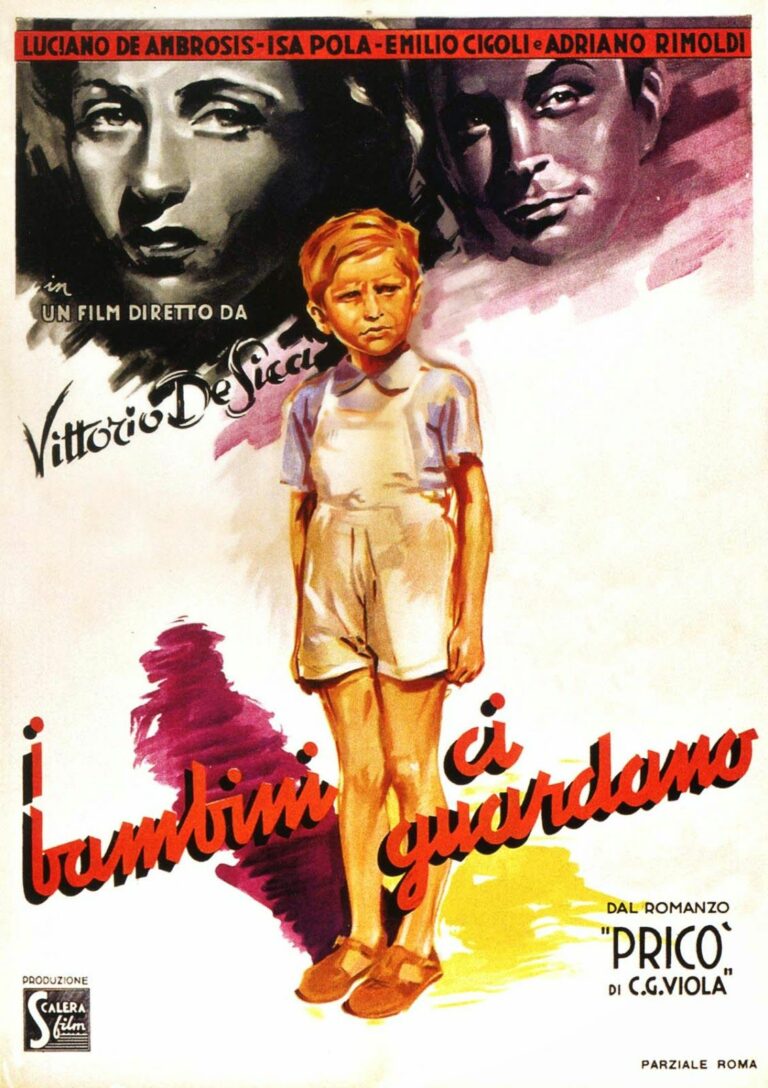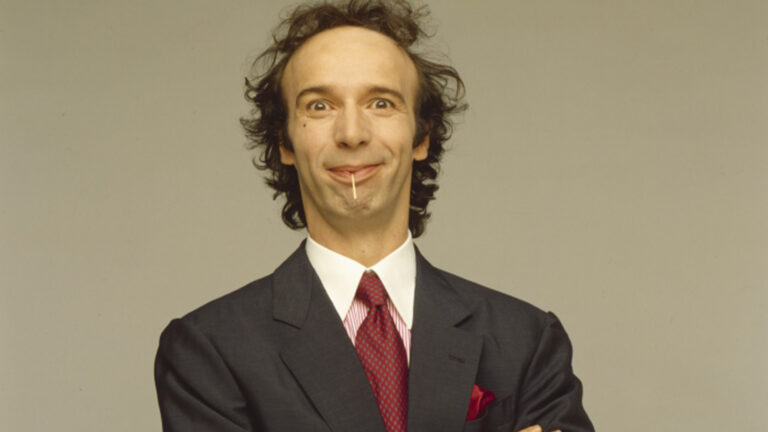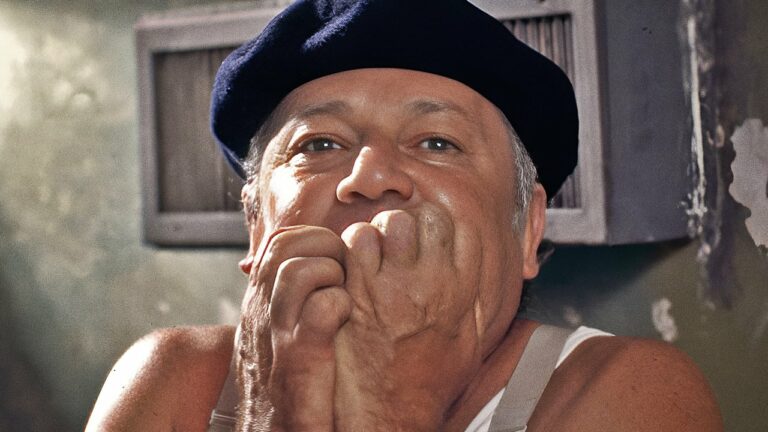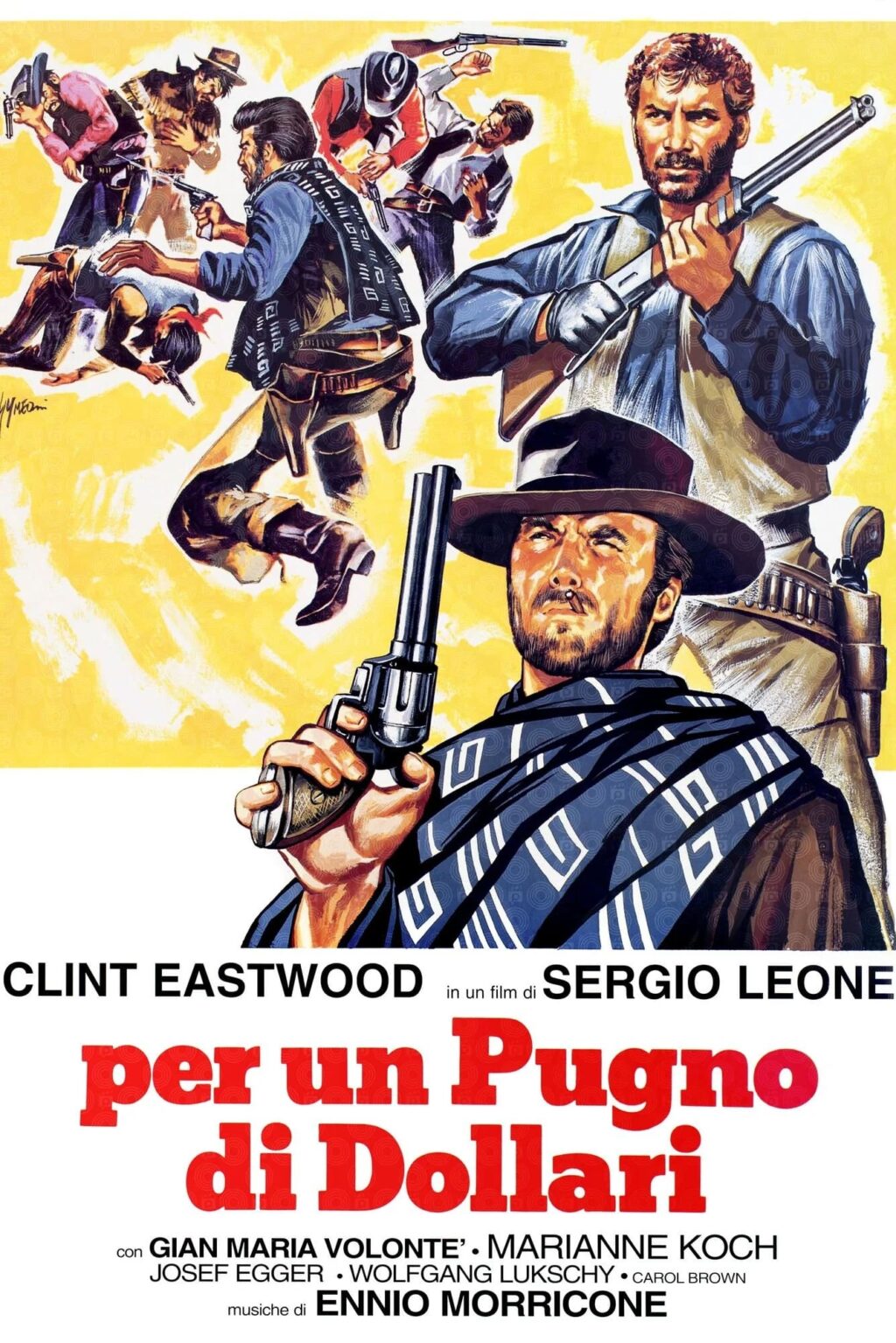
Sergio Leone’s A Fistful of Dollars (Per un pugno di dollari), released in 1964, marked the genesis of the “Spaghetti Western,” a subgenre that redefined the traditional Western film. Starring a then-unknown Clint Eastwood, this Italian production reimagined the tropes of the American Western with a gritty, stylized, and morally ambiguous approach. The film’s impact on cinema was monumental, laying the groundwork for Leone’s legendary “Dollars Trilogy” and establishing Clint Eastwood as a global icon.
This article explores the revolutionary elements of A Fistful of Dollars, its themes, characters, and its enduring legacy.
The Plot: A Mysterious Stranger in a Divided Town
Set in a desolate border town, the film follows a laconic and unnamed stranger (Clint Eastwood), referred to as “The Man with No Name.” Arriving in a town torn apart by two warring factions—the Rojos, led by Ramón Rojo (Gian Maria Volonté), and the Baxters, a family of corrupt officials—he quickly recognizes an opportunity to play both sides for his own benefit.
Using his cunning, sharpshooting skills, and steely demeanor, the stranger pits the two factions against each other, manipulating them into a deadly conflict. However, as the story unfolds, his motivations become more complex, especially when he takes it upon himself to free Marisol (Marianne Koch), a woman held captive by Ramón.
Ultimately, the stranger’s actions bring both chaos and resolution to the town, leaving a trail of destruction and moral ambiguity in his wake.
A New Kind of Western Hero
Clint Eastwood’s portrayal of the Man with No Name redefined the Western protagonist. Unlike the noble cowboys of classic Hollywood Westerns, Eastwood’s character is morally ambiguous, driven by self-interest rather than altruism.
- Stoic and Silent: With minimal dialogue and a rugged demeanor, Eastwood’s performance relies heavily on body language and facial expressions. His squinting eyes, clenched jaw, and effortless cool create an aura of mystery and danger.
- Antihero: The Man with No Name operates in shades of gray, showing flashes of decency amidst his self-serving schemes. His decision to help Marisol reveals a hidden sense of justice, but his methods remain cold and pragmatic.
This complex character became the blueprint for the modern antihero, influencing countless films and television series in the decades that followed.
Sergio Leone’s Vision: A Gritty, Stylized Western
Sergio Leone’s direction transformed A Fistful of Dollars into more than just a genre film—it became a cinematic revolution.
1. Visual Storytelling
Leone’s signature style is evident in the film’s striking visuals. Wide, sweeping shots of barren landscapes contrast with extreme close-ups of weathered faces, creating a sense of scale and intimacy. The use of lingering stares and slow pacing builds tension, culminating in explosive bursts of violence.
2. Realism and Grit
Leone departed from the polished aesthetic of American Westerns, opting for a grittier, more realistic portrayal of life in the Old West. The characters are dirty, unshaven, and morally flawed, reflecting a harsh and unforgiving world.
3. Revolutionary Editing
The film’s editing, particularly in its climactic shootout, is a masterclass in building suspense. Leone’s use of quick cuts between the participants’ faces, hands, and weapons heightens the tension, making the final moments both unpredictable and exhilarating.
Ennio Morricone’s Iconic Score
One cannot discuss A Fistful of Dollars without highlighting Ennio Morricone’s groundbreaking score. Working under the pseudonym “Dan Savio,” Morricone composed a soundtrack that redefined the musical language of Westerns.
- The Whistling Theme: The film’s main theme, featuring whistling, electric guitars, and unconventional instruments like a jew’s harp, creates a haunting and unforgettable soundscape.
- A New Musical Identity: Morricone’s score blends traditional Western motifs with modern, experimental elements, perfectly complementing Leone’s unique visual style.
The music not only enhances the film’s atmosphere but also serves as a narrative device, reflecting the emotions and stakes of the story.
Themes of Moral Ambiguity and Survival
1. The Ambiguity of Justice
In A Fistful of Dollars, there are no clear heroes or villains. The stranger’s actions, though effective in dismantling the warring factions, are driven by personal gain rather than a sense of justice. The film challenges the black-and-white morality of traditional Westerns, presenting a world where survival often takes precedence over ethics.
2. Greed and Corruption
Both the Rojos and the Baxters are consumed by greed, willing to sacrifice lives for power and wealth. This theme underscores the destructive nature of unchecked ambition, a recurring motif in Leone’s work.
3. Redemption Through Action
Despite his initial self-serving motives, the stranger’s decision to rescue Marisol hints at a deeper moral code. This act of redemption adds complexity to his character, suggesting that even in a corrupt world, individuals can still choose to do the right thing.
The Influence of Akira Kurosawa
A Fistful of Dollars is famously inspired by Akira Kurosawa’s Yojimbo (1961), which tells a similar story of a ronin manipulating rival factions in a Japanese village. Leone acknowledged the influence of Kurosawa’s film but reimagined the story within the framework of the Western genre, bringing his own stylistic innovations to the narrative.
While Kurosawa’s influence is undeniable, A Fistful of Dollars stands on its own as a unique work, blending Eastern and Western storytelling traditions into something entirely new.
Legacy and Cultural Impact
Upon its release, A Fistful of Dollars was a massive commercial success, despite initial skepticism from critics. It not only launched Sergio Leone’s career as a visionary director but also transformed Clint Eastwood into an international star.
The film’s impact on the Western genre cannot be overstated. It introduced a grittier, more stylized aesthetic and a morally complex hero, paving the way for other Spaghetti Westerns and influencing Hollywood films like The Wild Bunch (1969) and Unforgiven (1992).
Beyond the genre, A Fistful of Dollars remains a touchstone in film history, celebrated for its innovation, style, and enduring appeal.
Conclusion
Sergio Leone’s A Fistful of Dollars is much more than the first entry in the “Dollars Trilogy”; it is a film that redefined the Western genre and introduced a bold new cinematic language. With its morally complex protagonist, groundbreaking visuals, and Ennio Morricone’s unforgettable score, the film set a standard for storytelling and style that continues to influence filmmakers today.
For those seeking a film that combines action, artistry, and timeless themes, A Fistful of Dollars is an essential viewing experience—a testament to the power of reinvention and the enduring appeal of the Western.
